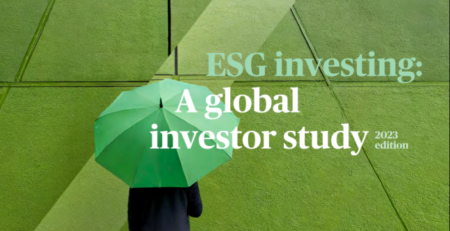ESG and Private Market Assets: Pension and Insurance Investors Shifting the Trillions (2022 – 2026)
By M. Nicolas J. Firzli, Nick Sherry & Guan Seng Khoo
The co-authors of the article, are amongst the original coiners of term such as “infrastructure as an asset class” and “pension superpowers.” They also predicted, at the onset of the Covid Crisis, that a “historic realignment on the asset allocation front is happening precisely at the moment when ESG is moving centre stage: even in once staunchly neoliberal jurisdictions like Texas, Alaska or Switzerland, the smart money is betting on renewable energy, green-tech, social bonds, women’s empowerment, employee shareholding and board diversity: this is an irreversible trend towards [what we call] the Age of Fiduciary Capitalism.”
This primer reflects their personal interpretation of the “crossroads where ESG, infrastructure investment and pension superpowers intersect”, and why they believe this will constitute a key feature of the “Fifth Industrial Revolution”. Pension board members (trustees), many of whom are employee representatives and union leaders, are flexing their fiduciary muscles like never before. In many ways, they now represent the interplay between civil society and financial markets. And, as we move into 2022, the rise of private market assets (diversification, quest for yields, and inflation protection) and the mainstreaming of the United Nations Sustainable Development Goals (SDGs) amongst policy makers and pension board members (cultural-ideological change transforming legal-corporate norms) will form mutually reinforcing trends, converging ultimately to redefine the terms of free market economics.
The investment potential of large institutional asset owners, such as public pensions and sovereign wealth funds, can be visualised through the Infrastructure & Private Markets Investment Matrix (IPMI Matrix), an original strategic assessment tool developed by Nicolas Firzli, G7 Pensions Forum & ESG Summit, and Dr. Joshua Franzel, MissionSquare Research Institute (MSRI), International City/County Management Association. Here, Denmark’s PFA Pension represents the “typical EU or US pension fund”, with 15% to 18% in private assets, including roughly 1.5% in non-listed infrastructure, a very common allocation across many OECD countries – it’s the allocation mix of CalPERS, the US’s biggest pension fund.
Source: SSRN
479 views










